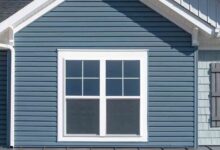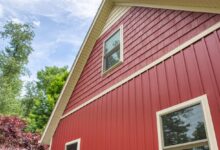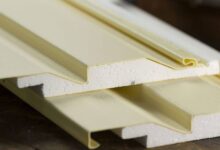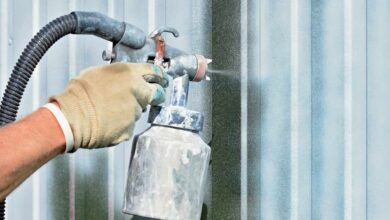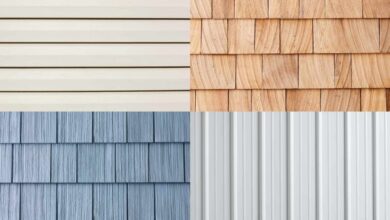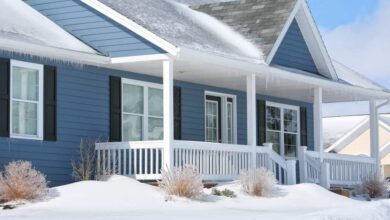Siding Repair for Storm Damage Claims
When a storm hits, your home’s siding can take a significant beating. Whether it’s high winds, hail, or heavy rains, storm damage can leave your home vulnerable to further issues. However, if you’ve experienced siding damage, the good news is that you may be able to file a storm damage claim with your insurance provider to cover the cost of repairs.
In this article, we will explore everything you need to know about siding repair for storm damage claims. We’ll cover the steps involved in filing a claim, the best products for repair, and how to ensure that you get the most out of your insurance policy. By the end of this guide, you’ll be equipped with all the information you need to tackle your storm damage repairs with confidence.
Identifying Siding Damage After a Storm

After a storm, assessing the condition of your siding is a critical step in the overall recovery process. Siding acts as the first line of defense against the elements, and when it’s damaged, your home becomes more vulnerable to additional issues like water infiltration, mold growth, and energy loss. Knowing how to identify the signs of siding damage can help you take immediate action to prevent further damage and ensure that your insurance claim is as thorough as possible.
Common Types of Siding Damage
Siding materials such as vinyl, wood, fiber cement, and aluminum each have different characteristics that make them susceptible to specific types of storm damage. Understanding how each material reacts to storms can help you spot damage more accurately. Below are some of the most common types of siding damage that result from storms:
Cracked or Broken Panels
One of the most noticeable types of damage is cracking or breaking of the siding panels themselves. High winds, flying debris, or hail can cause severe cracking, especially in brittle materials like vinyl or wood. If you notice visible cracks running along your siding or pieces that have completely broken off, it’s a clear indication that your siding needs repair.
- Vinyl Siding: Vinyl siding is often the most susceptible to cracks. When subjected to strong winds or hail, it can break or shatter, leaving your home exposed to the elements.
- Wood Siding: Wood is prone to cracking from high-impact events like hail or falling tree limbs. It may also warp, splitting along the grain.
- Fiber Cement: While fiber cement is durable, it can still crack under heavy impacts or prolonged exposure to hail.
Dents, Holes, or Punctures
Hail is one of the leading causes of dents or punctures in siding. Depending on the size and severity of the hailstones, your siding may suffer from deep dents or small punctures. These issues can create weak spots that invite moisture into your home, leading to water damage or mold growth.
- Aluminum and Vinyl Siding: Soft metals and plastic materials are more likely to dent upon impact with hailstones or flying debris.
- Wood Siding: Although wood can dent, it’s more likely to suffer gouges or punctures, especially if the impact is from a large object like a tree branch or rock.
Water Stains and Mold Growth
Water stains and mold are often the result of hidden or overlooked damage. While cracks and dents may be obvious, damage to the siding that allows water to seep underneath can be less visible but equally damaging. If the storm has created any breaches in your siding, water can find its way into the underlying structure, leading to staining, mold, and even structural decay over time.
- Water Stains: Look for signs of discoloration or dark marks that may indicate water has entered through a crack or broken piece of siding.
- Mold Growth: Mold thrives in moist conditions, and if water has been allowed to penetrate your siding, you might notice black or green mold spots on the surface or in the corners of walls where the siding is attached to the structure.
Loose or Detached Panels
Strong winds are capable of loosening or even detaching entire sections of siding. If you observe any loose panels or areas where the siding has been completely blown off, it’s crucial to have it repaired as soon as possible. Even minor gaps in your siding can lead to greater issues such as drafts, water damage, and the loss of energy efficiency.
- Vinyl Siding: Vinyl is typically nailed into place, but strong winds or forceful debris impact can cause it to become detached or loosen from its fastenings.
- Wood Siding: Wooden panels can become loose when fasteners like nails or screws are pulled from the structure due to wind pressure or other impacts.
- Fiber Cement: While fiber cement is more resistant to wind damage, it can still experience detachment if the storm causes significant force to pull fasteners out or cracks the material itself.
Paint or Finish Damage
While not as immediately noticeable as physical breaks or cracks, damage to the finish of your siding can also occur during a storm. The paint or sealant that protects your siding from the elements may be chipped, scratched, or stripped away due to debris impacts, hail, or high winds. This exposes the siding material to further degradation over time, especially in wooden siding, which can quickly rot or degrade without protective coatings.
- Wood Siding: A storm can remove or damage the protective paint or stain, leaving the wood unprotected against moisture.
- Vinyl and Aluminum Siding: If the storm causes abrasive winds or debris to scrape against the surface, the finish can fade, crack, or chip away.
How to Safely Inspect Your Siding
After a storm, it’s essential to inspect your siding carefully and safely. Here’s how to conduct a thorough inspection of your home’s exterior:
Use a Ladder
To inspect siding on higher floors, use a sturdy ladder to reach up to the areas of concern. Ensure that the ladder is secure, and if you’re unsure about your safety while climbing, it may be best to hire a professional contractor to perform the inspection.
Walk Around the House
Take a walk around your home to identify visible damage from all sides. Storm damage isn’t always confined to one area, so a complete inspection is necessary. Be sure to check all sides of your home, including less-visible areas like around windows, doors, and corners, where damage can often go unnoticed.
Check for Gaps or Leaks
Look for any gaps between the siding and the trim or foundation. These gaps could allow water to seep into the walls, potentially causing significant damage over time. Use a flashlight if needed to inspect areas that are harder to see.
Look for Structural Damage
Examine the underlying structure behind the siding (if possible) to determine if any more severe damage has occurred. For example, check for warping, twisting, or movement that could indicate damage to the sheathing or framing behind the siding.
Take Photos for Your Insurance Claim
Document all the visible damage by taking clear photographs of your siding from various angles. These photos will serve as vital evidence when filing your storm damage claim. Be sure to capture close-up shots of cracks, dents, or any damage that affects the integrity of your siding.
Identifying siding damage after a storm is an essential first step in restoring your home to its pre-storm condition. Whether you’re dealing with cracks, dents, water infiltration, or detached panels, catching the damage early will help prevent more significant issues down the road. Thoroughly inspecting your siding and documenting the damage will also ensure that you get the most accurate insurance claim possible.
Remember that different types of siding materials react differently to storm impacts. Whether you have vinyl, wood, fiber cement, or aluminum siding, each material has unique signs of damage that you should be aware of. By being diligent and proactive, you can help safeguard your home from the long-term effects of storm damage and ensure that the repair process goes smoothly.
How to File a Storm Damage Claim for Siding Repairs
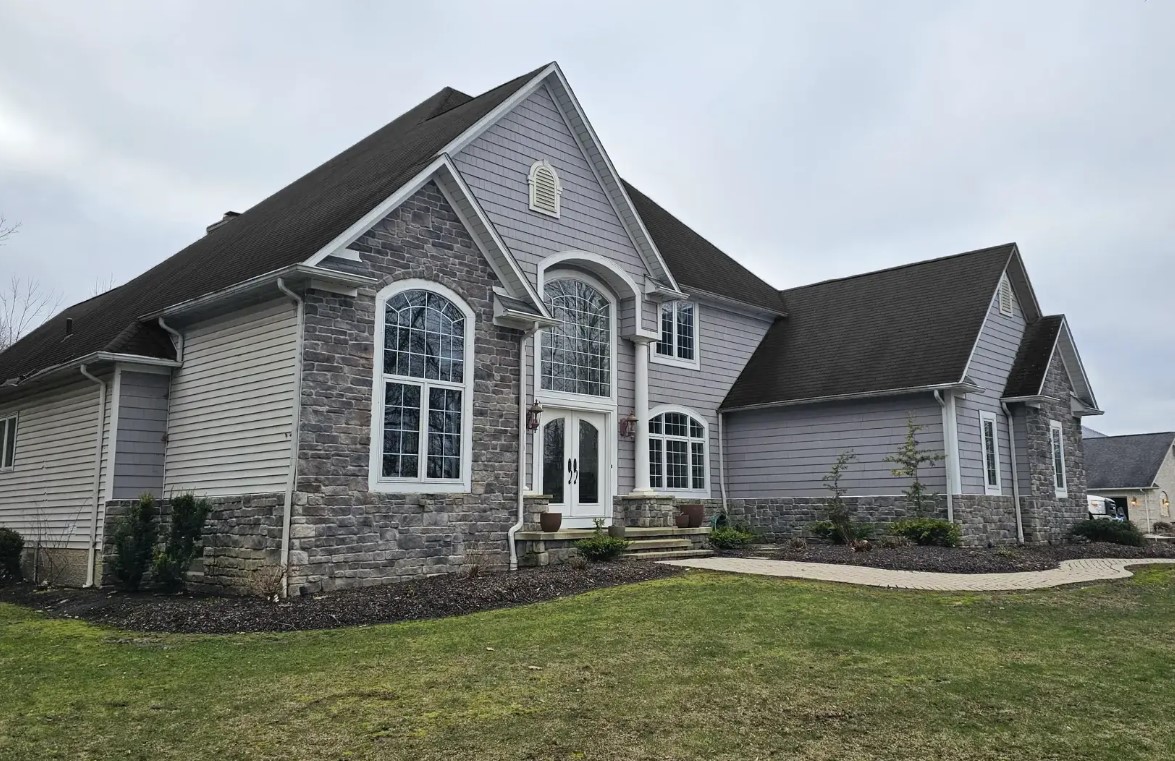
Filing a storm damage claim for siding repair can seem daunting, but it doesn’t have to be. Here’s a step-by-step guide to help you navigate the process:
Step 1: Review Your Insurance Policy
Before filing a claim, it’s essential to understand your insurance coverage. Many homeowners’ insurance policies include coverage for storm damage, but it’s important to review your specific policy to ensure that siding repair is covered. Pay attention to any clauses regarding damage from storms, exclusions, and the deductible.
Step 2: Document the Damage
Insurance companies will require evidence of the damage to process your claim. Take clear photographs of the affected areas and note the severity of the damage. It’s a good idea to document the damage as soon as possible after the storm, as this can help prevent any discrepancies later on.
Step 3: Contact Your Insurance Provider
Once you’ve gathered the necessary documentation, contact your insurance provider to file a claim. Be prepared to provide all the details of the damage and the photos you’ve taken. The insurance adjuster will likely schedule a time to inspect the damage in person.
Step 4: Get Repair Estimates
After your claim is approved, you’ll need to get estimates for the cost of repairs. It’s a good idea to get multiple quotes from reputable contractors who specialize in siding repair for storm damage. Compare these estimates to ensure that you’re getting a fair price.
Step 5: Schedule the Repairs
Once you’ve received the insurance payout, you can schedule the repairs. It’s important to work with experienced contractors who know how to handle siding repairs and can provide long-lasting solutions to prevent further damage.
Top Products for Siding Repair for Storm Damage
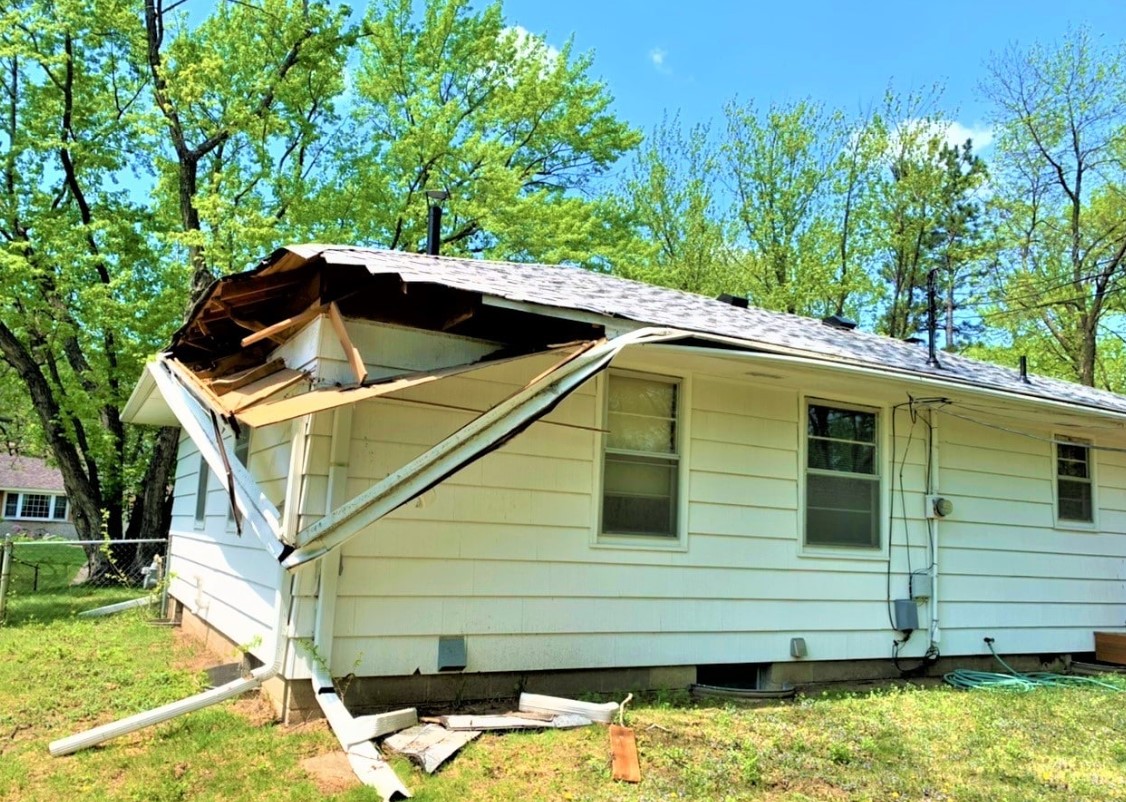
When it comes to siding repair, selecting the right products is crucial for a lasting fix. Here are three of the best products that can help restore your siding after a storm:
1. James Hardie Fiber Cement Siding
James Hardie is a well-known brand in the siding industry, particularly for their fiber cement siding. This product is an excellent choice for homeowners looking to repair storm-damaged siding. It offers exceptional durability against extreme weather conditions, including hail and high winds.
- Pros:
- Fire-resistant and rot-resistant.
- Withstands harsh weather conditions.
- Available in a variety of colors and textures.
- Cons:
- Installation can be more expensive than vinyl.
- Requires professional installation.
- Price: Around $1.50–$3.00 per square foot, depending on the style and color.
- Where to Buy: You can purchase James Hardie products directly from their website James Hardie or at local home improvement stores.
2. CertainTeed Vinyl Siding
CertainTeed is another trusted name in siding materials, offering high-quality vinyl siding that is both affordable and durable. Their vinyl siding is perfect for repairing storm-damaged homes, offering a variety of colors and styles to match your home’s aesthetic.
- Pros:
- Affordable and easy to install.
- Resistant to fading, cracking, and denting.
- Low maintenance.
- Cons:
- Not as durable as fiber cement in extreme weather.
- Can be prone to damage in high winds.
- Price: Typically ranges from $2.00–$4.00 per square foot.
- Where to Buy: Available at home improvement stores like Lowe’s or Home Depot.
3. LP SmartSide Engineered Wood Siding
LP SmartSide offers engineered wood siding that combines the beauty of traditional wood with modern durability. This siding option is ideal for homeowners looking for a more natural look while still maintaining protection against storms.
- Pros:
- Resistant to impacts and moisture.
- Comes in a variety of finishes.
- Easier to install than traditional wood siding.
- Cons:
- Requires maintenance to prevent rot.
- More expensive than vinyl siding.
- Price: $3.50–$5.00 per square foot.
- Where to Buy: Available at LP SmartSide and major retailers like Home Depot.
Benefits of Siding Repair for Storm Damage Claims
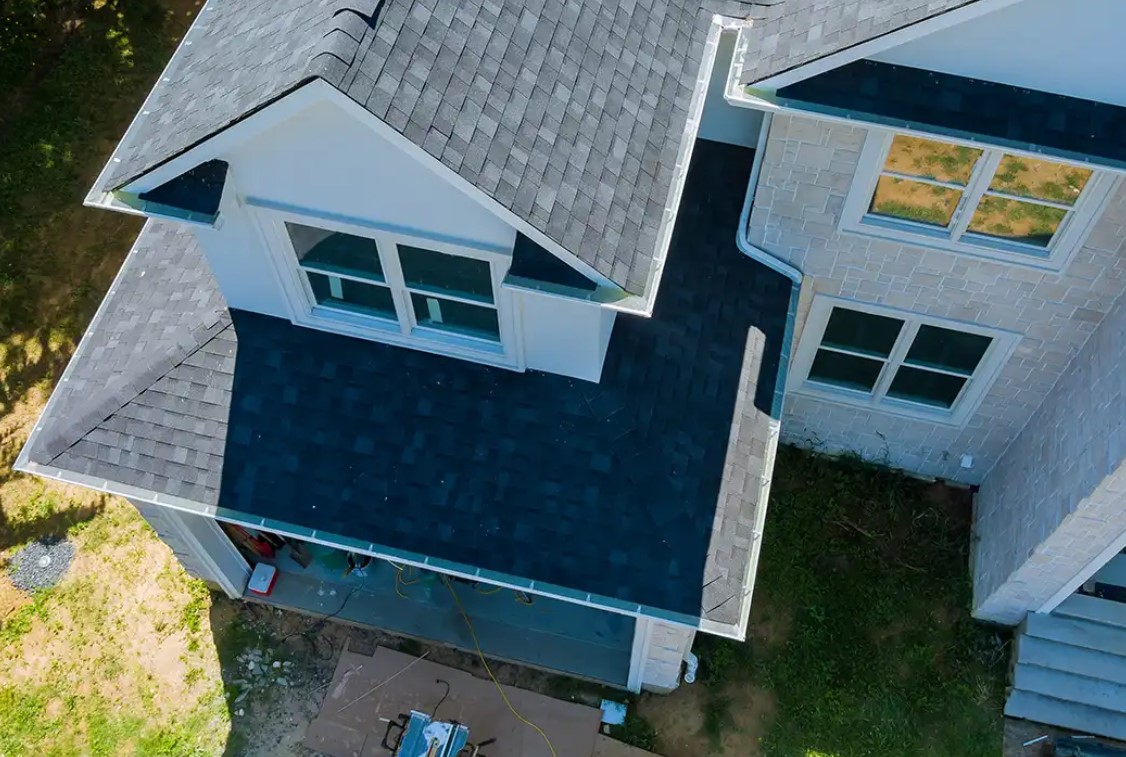
Proper siding repair after a storm offers several key benefits:
Protect Your Home From Further Damage
By repairing storm-damaged siding promptly, you can prevent water intrusion, which could lead to mold growth, rot, and even structural damage. Proper siding repair also ensures that your home is properly insulated, which can help lower energy bills.
Enhance the Aesthetic Appeal of Your Home
Storms can leave your home’s exterior looking battered and worn. Repairing your siding can restore the aesthetic value of your home, making it look as good as new. This can also increase the resale value of your property.
Long-Term Durability and Cost Savings
Using high-quality siding materials like James Hardie or CertainTeed vinyl siding can ensure that your repairs last for many years. These durable products can withstand future storms, reducing the likelihood of needing costly repairs in the near future.
Use Cases for Siding Repair Products
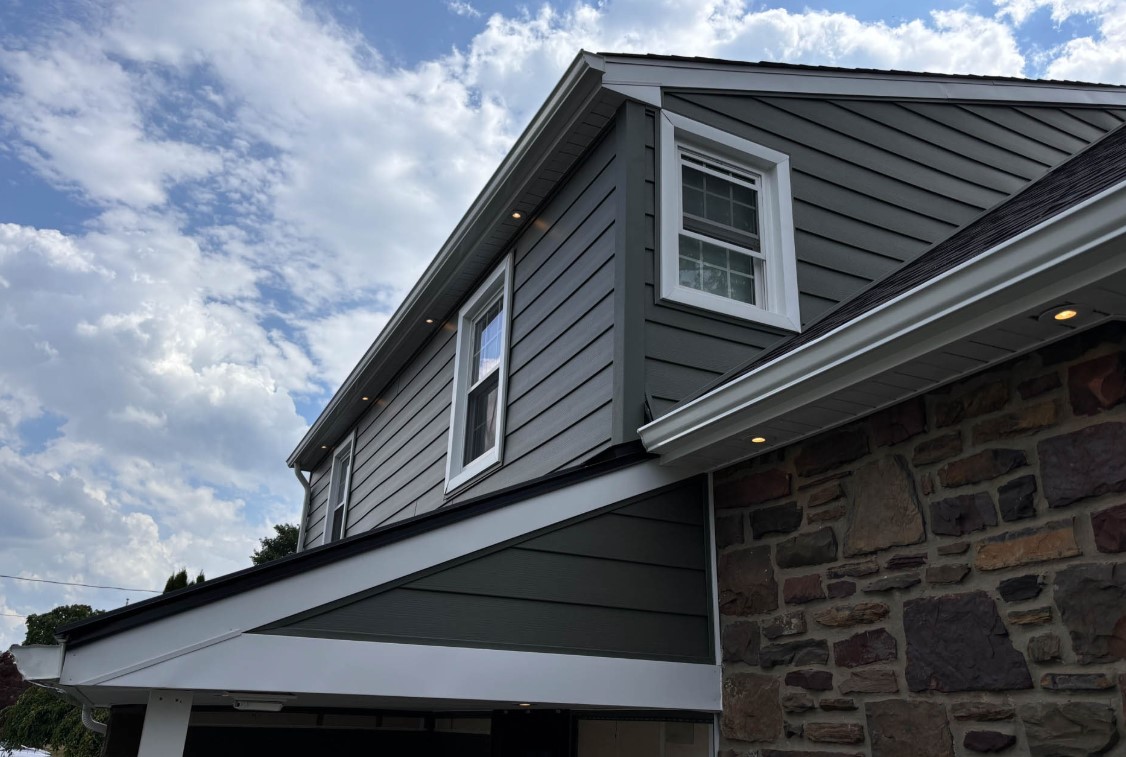
- Insurance Claim Restoration: Homeowners who have filed a storm damage claim can use siding repair products to restore their home’s exterior to its pre-storm condition.
- Aesthetic Improvement: Homeowners looking to refresh the look of their home after damage can use siding repair products to give their house a new, updated appearance.
- Energy Efficiency: Properly repaired siding can help maintain your home’s energy efficiency by reducing drafts and keeping your home better insulated.
How to Buy Siding Repair Products
When purchasing siding repair products, consider factors like the severity of your storm damage, the material of your existing siding, and the costs associated with repairs. Many home improvement stores, as well as online retailers, offer siding repair products. It’s a good idea to compare prices, product reviews, and installation costs before making a purchase.
FAQs About Siding Repair for Storm Damage Claims
- How long do siding repairs take after a storm?
- Depending on the severity of the damage, siding repairs can take anywhere from a few days to a couple of weeks. Ensure that the contractor you hire provides a realistic timeline based on the damage assessment.
- Does my insurance cover full siding replacement for storm damage?
- It depends on your insurance policy. Some policies cover full replacement, while others only cover partial repairs. Review your policy and discuss it with your insurance adjuster to understand your coverage.
- Can I repair my siding myself, or should I hire a professional?
- While minor repairs can sometimes be handled by a DIYer, it’s best to hire a professional contractor for extensive storm damage repairs. They can ensure that the work is done correctly and up to code.

